Iran has quite a few local customs that may take some getting used to. To help put your mind at ease about travelling in this incredible country, here’s my list of the most important things to know before you visit wonderful Iran.
Iran has quite a few local customs that may take some getting used to. To help put your mind at ease about travelling in this incredible country, here’s my list of the most important things to know before you visit wonderful Iran.
More tips to know
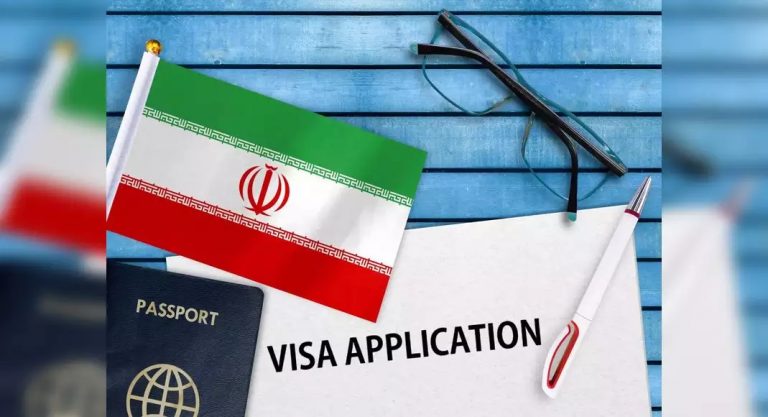
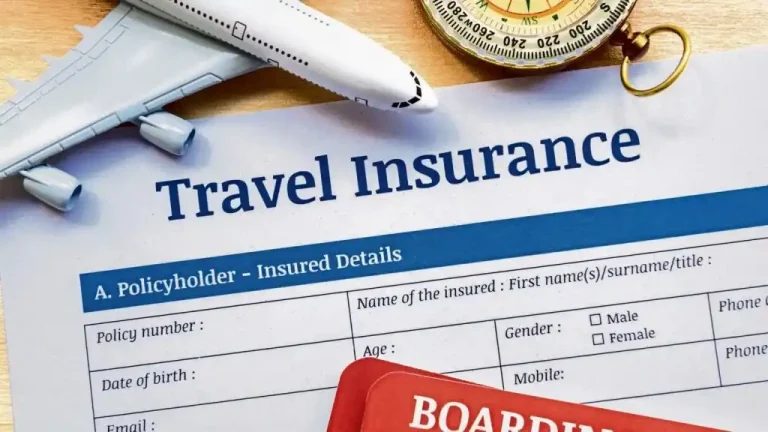
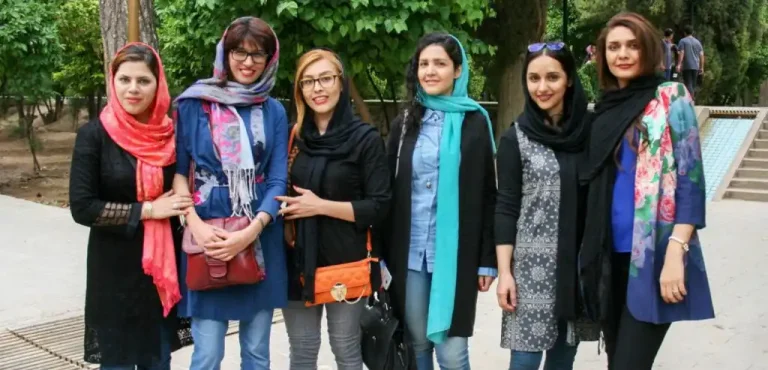
Iran is an Islamic Republic and both women and men must follow the dress code rules.
For Females
Women should wear a headscarf (Hijab) and a loose-fitting, long-sleeved top that is long enough to cover your buttocks, as well as long pants or skirts down to your ankles. A manteau (or a coat) would be perfect in spring/autumn. Read more
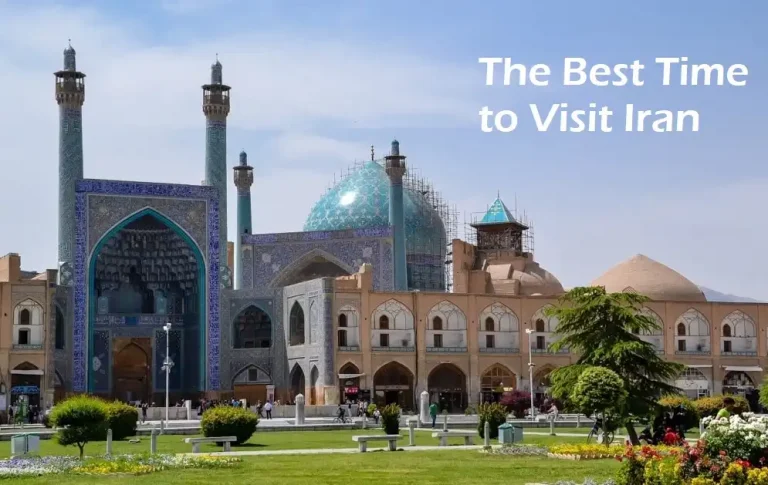
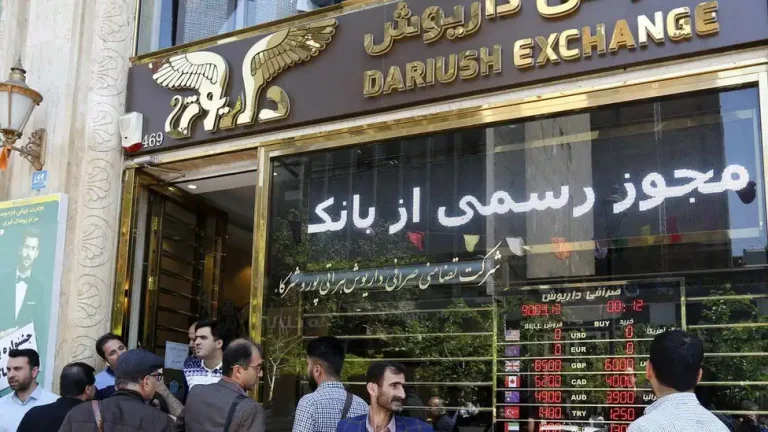
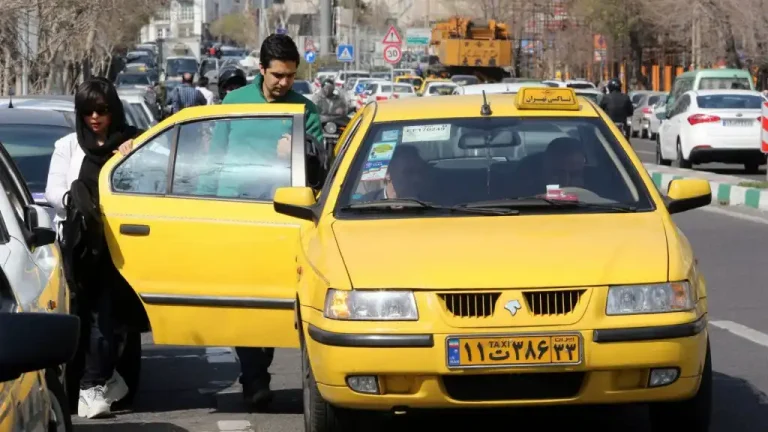
While you will encounter plenty of honest taxi drivers, when you hail a taxi or anything else always confirm the price so that it is clear and concise between you and the driver!
In most cases, the inner-city taxi fares will not exceed 2-3 EUR, so if you are quoted much more you should go for another taxi.
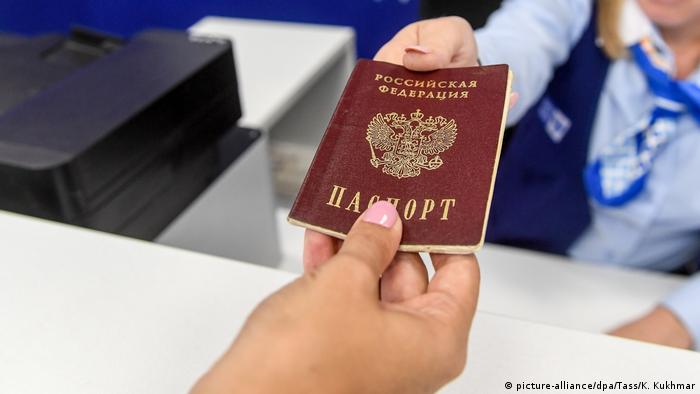
Most hotel receptions will keep your passport during your stay and give it back to you upon check out. Some people might be wary of that, but they really will keep it safe. The police rarely ask for tourist’s passports but always have a copy of your passport/visa on you!
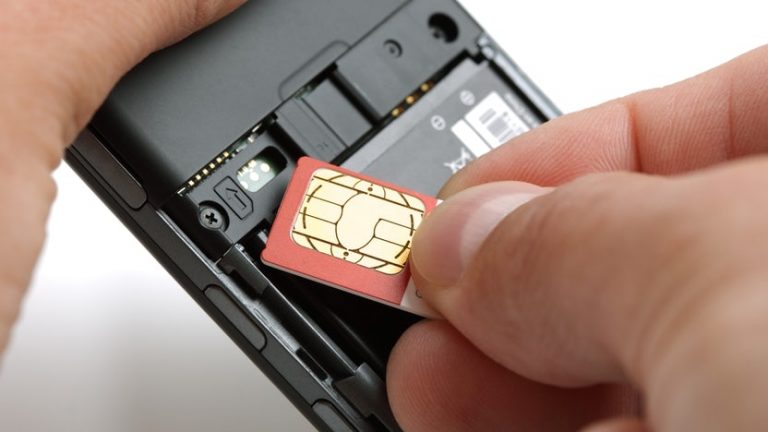
You can easily purchase a SIM card at the airport or city center in Iran and it’s a great idea to do so. You can buy a SIM from two popular SIM card companies – Irancel and Hamrah Avval which have representative offices all across the country. You just need to show your passport and pay in cash. It will cost you around 5 EUR with 1-2 Gig of data. You can easily top up online or by using an ATM.
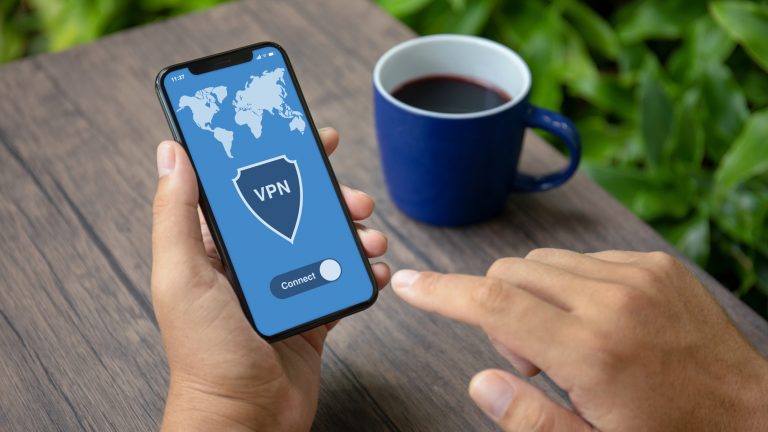
Some media platforms such as Facebook and YouTube are banned in Iran, so download a VPN before you come. In fact, go crazy and download multiple VPNs – you won’t know which one will work best for you until you arrive.
Gmail, WhatsApp and Instagram are NOT banned and you can access these without any issues.
Remember: if you’re going to be around for longer than 30 days, you’re going to have to register your mobile phone. If you don’t it will be blacklisted on Iran’s network.

Iran is a meat-loving country but if you are vegetarian, there are still good but limited options for you such as eggplant, lentil, rice etc. Do not miss trying Kashke Bademjan, Mirza Ghasemi, Adasi, Kuku Sabzi and some types of Ash. Some restaurants have veganised traditional Iranian dishes like meat-less Ghorme Sabzi.
Please read more on my article on Iranian Food.
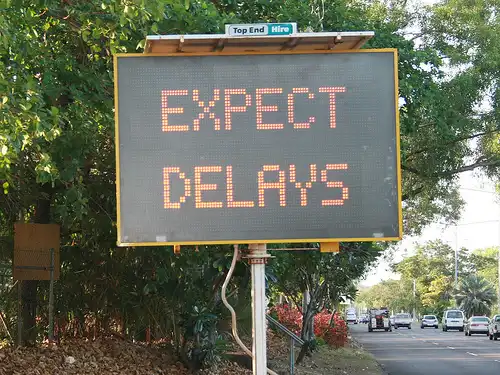
On the whole, Iranians are relaxed when it comes to the concept of time, so a certain level of patience is required. Don’t expect things to happen on time or always run smoothly. It’s even possible to trek to an attraction only to find that it’s closed that day. While it’s good to have a general itinerary, be flexible in case things don’t work out as planned.
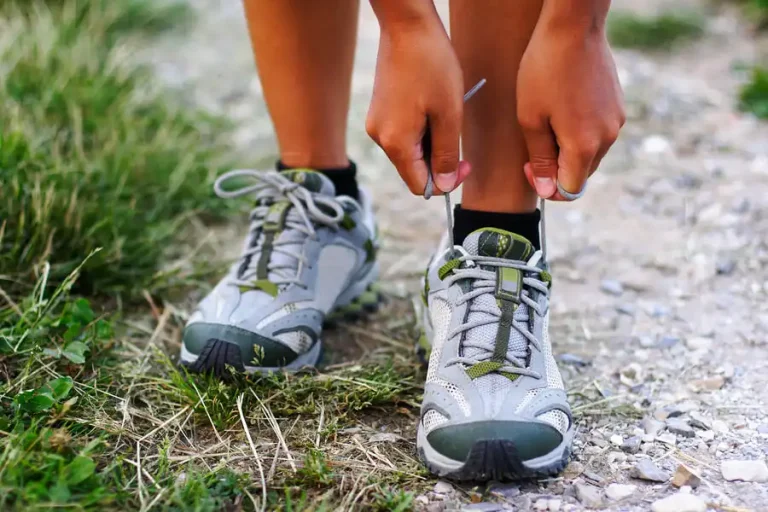
You are going to do a lot of walking in Iran, so bring comfortable footwear. The towns are so amazing that you’ll probably end up walking up to 10km a day, hence it’s important to look after your feet. These don’t necessarily have to be hiking boots unless you’re planning on doing some treks. Just make sure you have some flat shoes that you can wear all day without a problem.
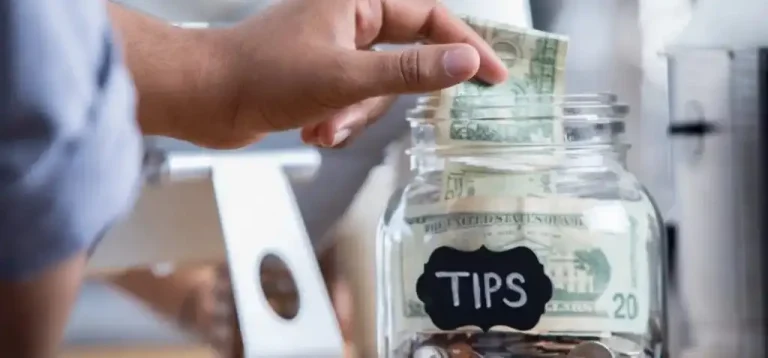
While it’s not as customary or expected as in many countries, tipping is appreciated in Iran. Usually, tips are for hotel employees who help you carry your luggage to your room and, when on a tour, for your guide and the driver. The value of the tip is up to you and depends on the quality of the service you receive and the length of the tour. Your guide will be able to advise you if you are unsure.
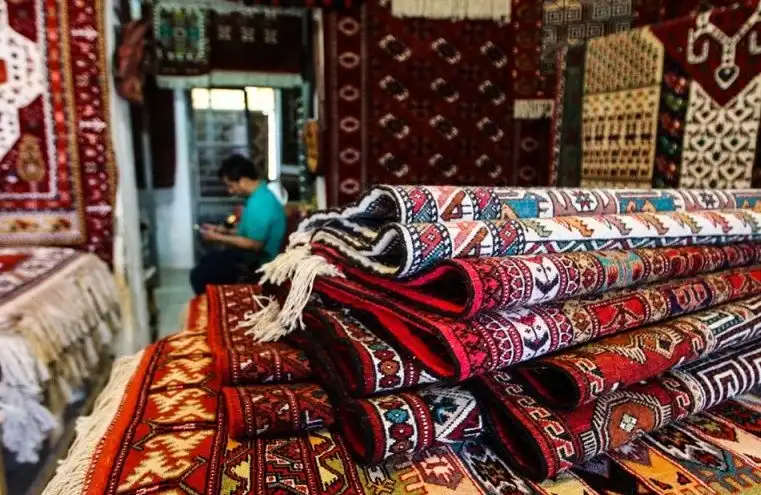
Especially in tourist areas, haggling is fine and even recommended. Like everywhere, the more you buy, the more they are inclined to give you a better price, so if there is a shop you like, you might do all your gift shopping there. Generally, you should bargain on expensive products such as carpets but not on something cheap, say $10, as this is insulting and not good for your image!

The standard electricity voltage in Iran is 220 V and the frequency is 50Hz, thus you’ll need an adaptor to use electrical appliances working on a different voltage range. In addition, the plugs in Iran are the European type (type c) and you’ll need a converter for other sockets.
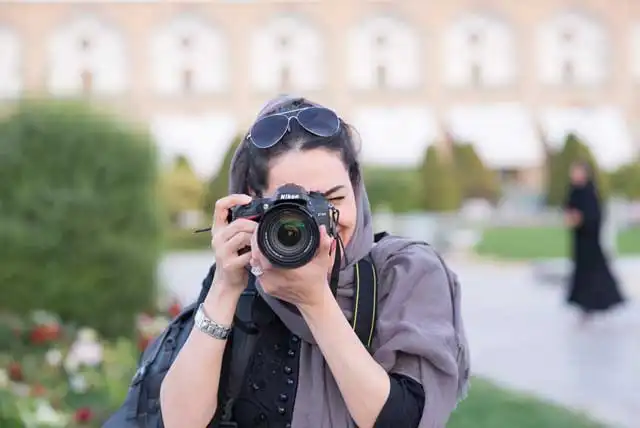
While taking pictures in Iran is easy and acceptable everywhere, when you want to take photos of people, you should ask first as sometimes it’s not appreciated. Be it a conservative family or someone who likes to protect their privacy, sometimes people don’t want to be photographed and maybe end up on social media.
This will come as no surprise to you as many people in other countries don’t like to be photographed. Because in Iran this is rarely an issue, you might become overconfident and forget that here also not everyone wants to be the subject of your artistic expression.

This might surprise you, but you can drink the tap water just about everywhere in Iran. There is also drinkable water available in most parks, subway stations and malls so I recommend having a refillable/ reusable bottle with you throughout your trip. Don’t drink river water though if you are out hiking.

It might be a little bit confusing but there are different types of beliefs and attitudes among Iranians. Shaking hands and any kind of touch with the opposite sex is banned among religious people. If you want to respect others’ beliefs, first establish if they are religious or not and then offer your hand. To avoid any misunderstanding, when greeting the opposite sex, it’s best to wait for locals to offer you their hand.
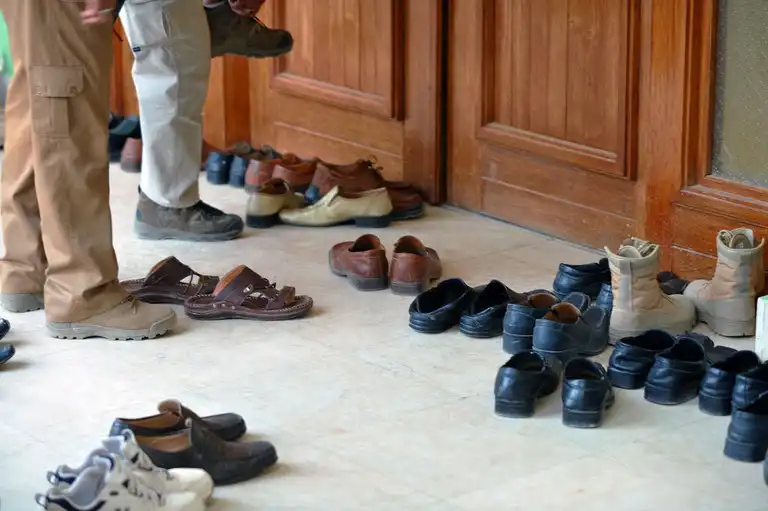
No one in Iran wears shoes inside and if you are invited to someone’s home, you’ll be expected to take off your shoes. Similarly, at restaurants with traditional seating, you’ll be expected to take your shoes off before being seated. Always remove your shoes before entering a mosque.

Iranians mostly eat with a spoon and fork so using a knife is not that common, except in luxury restaurants or when serving steak. If you can’t manage without a fork at the table, just kindly ask and you will be given one.
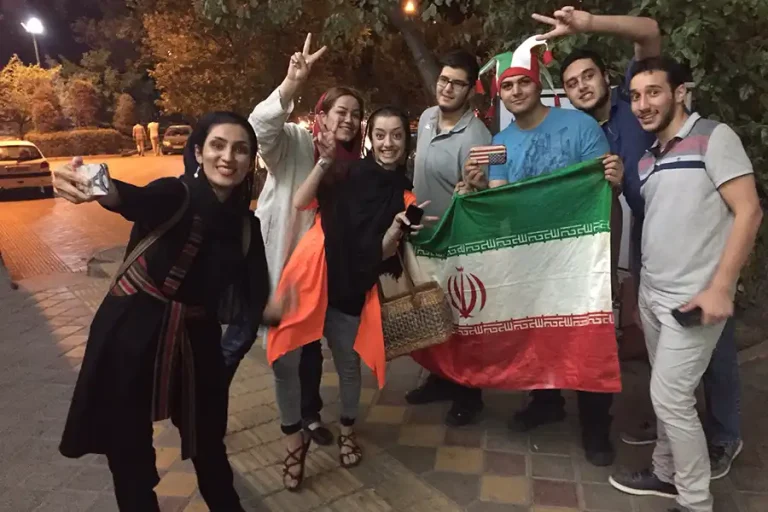
Iranians are famous for their unique hospitality and kindness towards travelers. While it might seem strange in other countries, people will approach you very often in Iran just to greet you and welcome you to their country. As a traveler you might also be invited to have a cup of tea or coffee. Don’t be afraid to ask for help whenever you need it. It might require plenty of sign and body language, but Iranians will go the extra mile to help you out.
My wife and I flew back to our home from Persia last May where we spent eleven wonderful days! We had an amazing trip by car with our private guide Moein Gholami throughout this vast country filled with a rich culture, ancient architecture, traditional Persian cuisine, unique and colorful bazaars in every city and so much more. We were able to discover a beautiful land of contrasts where the people are very friendly and eager to meet foreign visitors. We were delighted to have our friend guide Moein driving us around and bring us to many of our favorite places and monuments in small towns or big cities and help us with our shopping and choice of menus! He was always very punctual and saluted us with a big smile! MAMMUN Moein!"

My husband and I spent two weeks last September in Iran and we had a fantastic time with Moein. He was our guide/driver and he arranged our trip according to our wishes and our needs. He speaks perfect English so we didn't have any problem understanding each other and he told us a lot of interesting things about the attractions we visited and about Iranian culture and habits. Everything in our trip was great: hotels, restaurants and all arrangements. We had also enough time for visiting everything we desired and we never felt to be in a hurry: so we also had the opportunity to speak with a lot of Iranians and discover their thinking. This is why we strongly recommend Moein and be sure you'll have a great experience in Iran.

My husband and I spent 12 days in Iran between December and January. It was an unplanned trip; on the way to the airport I consulted some forums and came across Moein. He proved to be a very prepared and competent guide who did not bore us with long redundant explanations, drove carefully in the chaos of the cities and introduced the country in a very calm and conscious way. In addition to the fact that Moein speaks perfect English (he was also an English teacher) and has a sense of humor, a special point about him is his perceptiveness; he understood immediately what kind of travelers we are and what things we like best during our trips. In other words, he was very flexible in satisfying our requests and he included some spontaneous unscheduled plans that proved to be the best moments of the trip. If I had to recommend a trip to Iran to friends, I would have no doubt in suggesting Moein, because I am sure that much of the success of the trip was because of him!

We are travellers from Australia and have just spent thirteen days with Moein doing a tailored made route from Tehran to Shiraz with several stops. We spent some time online with him agreeing the detail of the itinerary and accommodation, and always found Moein to be helpful, cooperative, and full of useful advice on how to make the trip and itinerary better. Before committing, we spoke via WhatsApp and found him to be polite, constructive, and responsive to our comments. When we met him in person all those characteristics continued for the journey, and we truly enjoyed his company. He speaks excellent English, is interesting to talk to, and is committed to giving his guests a great experience of Iran. We based our decision to go with Moein largely on Tripadvisor reviews, plus the quality of his responses when we were negotiating a possible itinerary. He exceeded our expectations, as did Iran.

To arrange our trip in Iran we checked a lot of travel reviews, read many touristic guides, books and magazines. We came across some travel reviews referring to a local guide Moein Gholami. We visited his Internet site and sent him a short inquiry mail. His answer was fast and punctual: our itinerary draft and related quotation request soon turned into a travel proposal, very detailed with reference to places to visit, hotels and timings. Moein was immediately available to follow our requests and give us suggestions on eventual alternatives. He brought us to eat in traditional Iranian restaurants, explaining how dishes were made encouraging us to taste a lot of typical dishes that we could not even have been able to know (and to order) without him (dishes on the Menu were written in Farsi). Our trip to Iran turned out to be above our expectations and our friendly guide and driver certainly made a big contribution to a very pleasant trip.
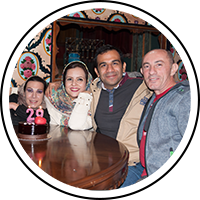
We had the pleasure of a 15-day tour of Iran with Moein in August of this year. I first contacted Moein after reading TripAdvisor reviews and visiting his Persia Passenger website. Between us we organised a very full tour, covering all the usual destinations and a few not so populated locations. Moein is very experienced and knowledgeable on all things Iran, and for us was the perfect choice as our tour driver/guide - he is a very safe driver, a necessity on Iran’s roads! The accommodation he suggested and booked for us was faultless, sometimes amazing (the caravanserai in Marand was exceptional) and always comfortable after a long day of travel and sight-seeing. Moein was always on time and flexible and there was no expectation that we should stick with the plan if something off the itinerary came up. Most of all though, we had some great conversations and Moein’s sharp sense of humour made the tour good fun! We would like to travel to Iran for a second tour to see more of the incredible places that time prevented, and if we are lucky enough to do so we will definitely look to enjoy Moein’s company again. Cheers Moein!
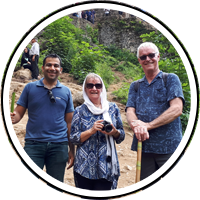
We decided to go to Iran with a local certified tourist guide; almost by chance, we got in contact with Moein Gholami and we could not have made a better choice. He was very helpful and always available to reply to our questions and we decided together the tour stops. When we arrived in Iran, he very well organized everything: the organization of the days, times for car journeys, times for visiting and for have a break and/or lunch. He left nothing to chance. The holels he choose for us were amazing: we slept in caravanserais, in traditional hotels and in an hotel in the rocks (in Kandovan). The service, the cleanliness and the breakfasts of the hotels were always very good. Moein drove for long but he was always a careful and a precise driver. During the time spent in the car we had the chance to talk, asks questions about the country and sometimes to laugh to tears! y look to enjoy Moein’s company again. Cheers Moein!

My brother and I completed an 8 day private tour of Iran from Shiraz to Tehran and fell in love with the country. To anyone that is still not 100% decided on visiting Iran, I urge you to just book it and you will not be disappointed. The people, the food, the culture and sights are amazing. We even tried cancelling our further travels so we could stay in Iran for longer. We did our private tailor made tour with Moein and had the best time. Very knowledgeable, did everything he could to make our time the best possible and helped us to engage with as many local people as possible. It felt like we were travelling with a good friend to which he now is. I cannot recommend Moein anymore, he is by far the best guide I have ever had. For weeks prior to our arrival in Iran, we were in constant communication with Moein about what our interests are so Moein could suggest the appropriate routes and highlights. We are now already planning when we will be able to visit Iran again (hopefully next year) and we will be travelling with Moein again.

We are two females and decided to arrange our own itinerary. We were very fortunate to come across the website of Moeim Gholami. Definitely the best find of our Iran trip. Moein's extensive knowledge and deep love of his country made every site visit a rich experience. He was much more than a driver/guide. He became a friend and went way beyond the remit of a guide to help us out with hotel bookings, advice on routes and Persian cuisine and customs. Moein is a graduate with an English major and speaks English so well he can express his sense of humour with frequent jokes. I recommend Moeim without reservation. He is an excellent example of all the best qualities of the Iranian people and will add quality to your Persian experience.
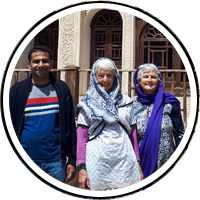
After reading some reviews on Tripadvisor we found the guide who we think was ideal for us, Moein. We contacted him by e-mail and he answered almost immediately. He's been very kind and helpful to answer all our questions about the trip by email and WhatsApp. We're a couple very interested on history, arts, architecture, culture and lifestyle of every country we visit and we asked to Moein to set us a trip with a focus to these features. He organized for us a wonderful 12 day tour touching the beautiful and different cities of central Iran responding completely to our needs. He managed everything professionally, from hotel bookings to the attraction's entrance and led us to discover Iran explaining everything in a perfect English, moreover he gave us the possibility to customize the plan to our will. Moein with his calm and patience made us feel always at ease, he reflects the character of Iranian people: kindness, politeness and willingness. Thanks to him we learned a lot about Iranian history and lifestyle.
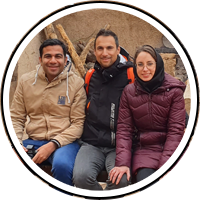
We spent 11 days in central Iran during Easter holidays and our trip has been organized very well by Moein. He took care of everything: transport, hotel, ticket entrance. He is a good driver, a good guide as well, he speaks a very good English, he is absolutely reliable and he is available to satisfy our requests and helped us with his valuable advices. We hope to come back to Iran and to travel with Moein again.
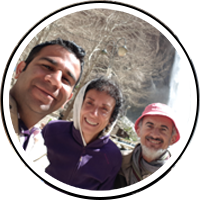
I've spent half of August in Iran with my parents and I'd say it has been a great vacation! Moein brought us not just in famous cities, but also in very peculiar villages and little towns. We enjoyed sharing our culture with our guide and compare Iranian traditions with the Italian ones. The primary concern of Moein is to build a friendship with his clients, not just being your guide. He likes to have lunch or dinner in your company and having nice conversations with you. Iran was a different vacation, I felt very involved in its population, surely I will come back in future.
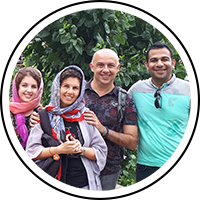
My husband and I, after listening and reading about the wonders of Iran and its people, decided to leave but not having much time and not loving organized trips, we opted for a private guide / driver. We started last May 4th and returned on May 12th. Reading on the web we also came across the Persia Passenger agency that we contacted. Moein, who is an official guide, responded promptly and with him we agreed on the stages and travel arrangements. Moein, who speaks perfect English has been our driver and guide and was without doubt an added value to this trip. He has booked our hotels, many of them in incredible historical residences and has organized visits to historic cultural and natural sites. Our lunches and dinners have always been real experiences, in typical but never "touristic" places. Moein was always attentive to our needs but never intrusive and introduced us to many aspects of true Iran that we could hardly have learned by traveling independently, he was also a prudent driver even in the chaos of big cities, making us feel safe and secure in his car, we also spent a wonderful evening at his home where we met his family.
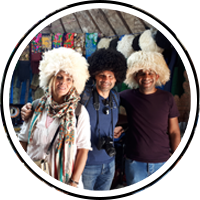
My wife and I organized a 13-day trip with Moein between October-November 2019 which proved to be one of the most beautiful of recent times. Iran it is a simply fantastic country and the Iranians are the kindest and most helpful people on average that you can meet. Although traveling to Iran on your own is feasible, however relying on a guide makes life much, much easier. Moein arranged everything especially booking all the hotels and the domestic flight which is kind of difficult to do before arrival. The tour was discussed and agreed with various emails and WhatsApp messages and the price was reasonable in relation to what he offered. Moein’s guiding was exemplary; he knows the places perfectly and explains them to you in remarkable English. He also drives in a very prudent and careful way, which is essential in Iranian cities where if I drove I would crash after 10 minutes! All in all, we are really happy to have chosen this solution. Moein proved to be a nice, helpful, reliable and flexible guide and also our good photographer who portrayed us in all poses.
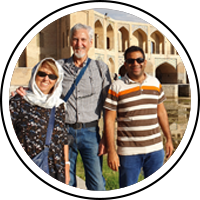
We stayed in Iran 7 days right at the beginning of the year. I had contacted Moein via email at the end of October and I discussed our itinerary with him to discover this wonderful country. The choice proved to be a winning one, he immediately proved very helpful and prepared. The hotels in which we stayed turned to be above our expectations and also the local restaurants that we tried! Thanks to his support, we were able to plan the tour quickly (from Tehran to Shiraz with several stops) which were quite difficult given limited time we had. The merit of a tailor made tour is having a guide who is so prepared and kind to follow you every day especially if the time is short considering the long distances. I highly recommend anyone to visit this country, it is definitely worth the trip. Obviously you should do it with Moein, a highly recommended guide.


